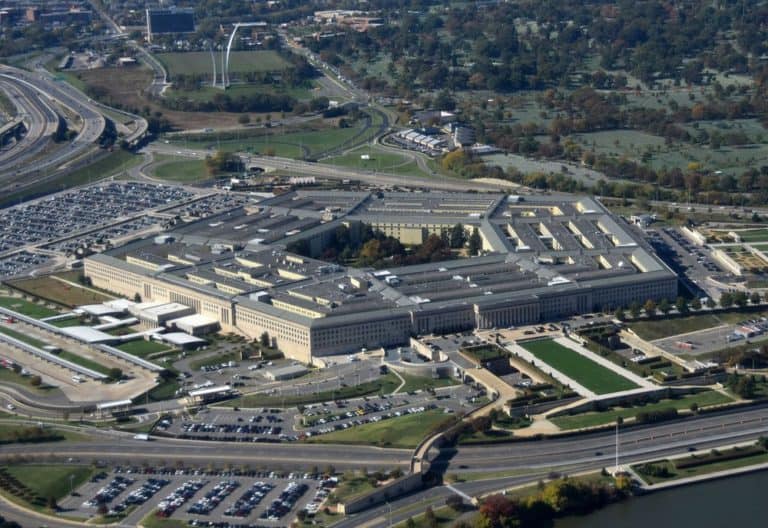Twitter is planning on an expansion of its crowdsourced fact-checking initiatives in the wake of a fake image depicting a Pentagon with smoke bellowing out of it. The AI-generated image, convincing enough to momentarily unsettle the stock market, had some news outlets reporting on the incident, only to retract their statements when it was revealed that there had been no explosion at the Pentagon.
Nevertheless, the image had already captivated and deceived numerous individuals. This debacle serves as a striking testament to the remarkable realism achievable through AI. It’s evidently capable of fabricating fictitious events that can temporarily disrupt the world.
The potential dangers of deepfake technology within information warfare have been widely discussed in recent years.
Remember the Pope-as-a-cool-rapper image?
A recent example involved a viral image depicting the Pope as a rap star. Though harmless in nature, its impeccable execution raises concerns about the havoc this technology may wreak. This is the case even now, and even more so in the near future.
In response to these challenges, Twitter has unveiled a new feature to combat deepfakes. While the platform acknowledges that it cannot eliminate the possibility of such images entirely, it believes that expanding its Community Notes tool can help address the issue.
Initially available to the public, this tool enables users to add contextual information to misleading tweets, a valuable resource considering the prevalence of inflammatory posts that lack sufficient explanation.
Twitter will extend the capability to images
Dubbed “Notes on Media,” the feature empowers users to tackle potential misinformation by clicking on the “About the image” tab when they suspect an image may be misleading. Users can then provide additional relevant information displayed beneath matching images across the platform.
“While striving for precision in matching images, it may not identify every image that appears similar to you,” Twitter explained. “We will fine-tune this to enhance coverage while avoiding false matches.”
Twitter further revealed that this feature will soon be available for multiple images and videos.
